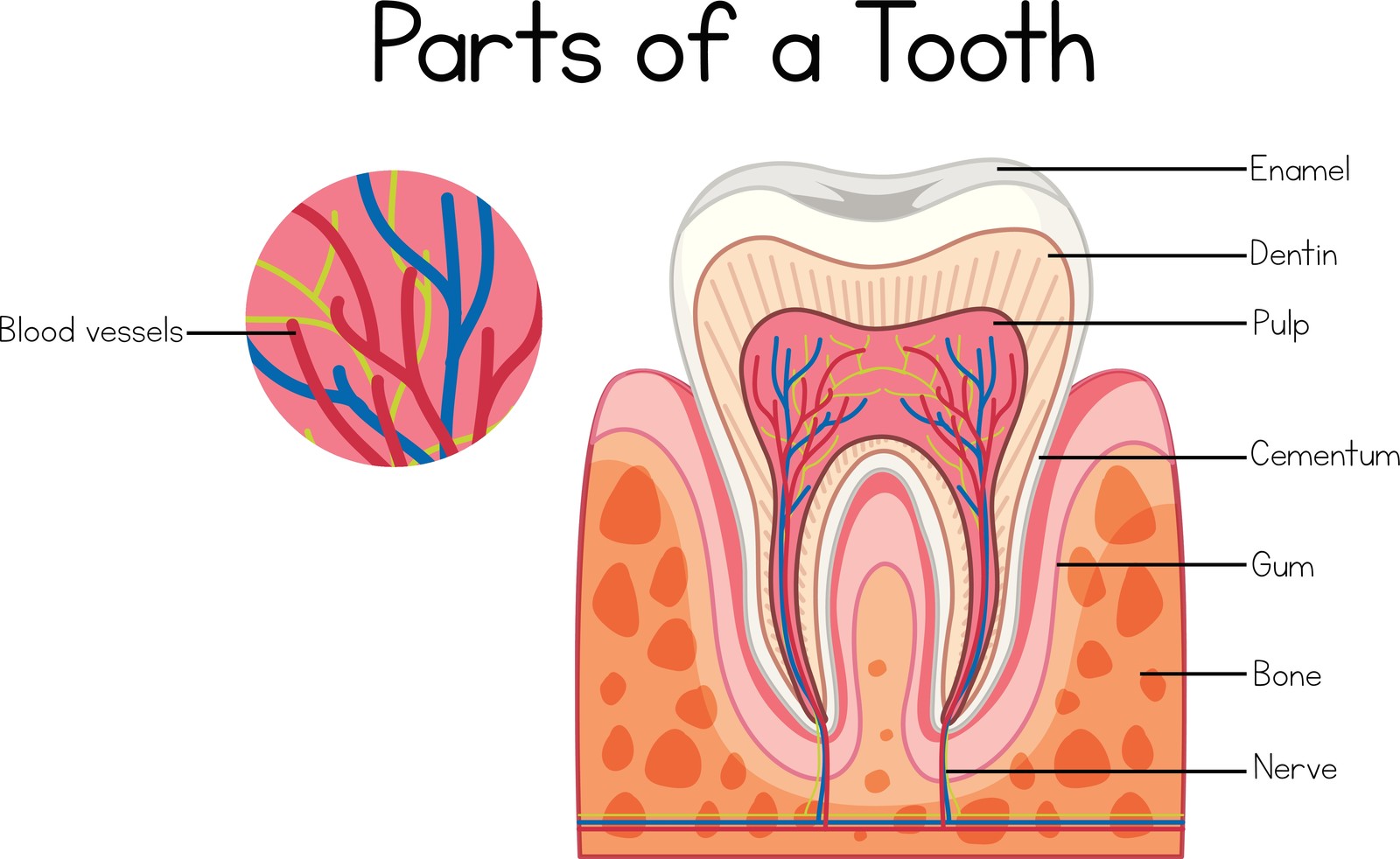Your dentist recommends a root canal because your tooth is seriously damaged yet treatable. You dislike having medical procedures done without knowing what to anticipate. You’re curious as to the specifics of root canal therapy in Scarborough. So that you are ready for the procedure, learn the steps.
Why Do You Need a Root Canal Procedure?
The nerve tissue or pulp of a tooth breaks down when it is injured, and germs start to increase in the pulp section. An infected tooth can be carried on by decaying material. A pus-filled sack that forms at the end of a tooth’s root is called an abscess. When the infection develops over the ends of the tooth’s roots, an abscess effects. Additionally, an infection in a tooth’s root canal therapy near you might result in:
- Swelling that could move to the head, neck, or other parts of the face
- Loss of bone near the root’s tip
- Difficulties with drainage that start at the root and spread. A hole may develop through the cheek with drainage into the skin or through the side of the tooth with drainage into the gums.
What Are The Signs That a Root Canal Is Needed?
A root canal may be necessary if you exhibit specific symptoms:
- Continuous tooth sensitivity, especially to heat or cold
- Acute discomfort during eating or biting
- Chipped or cracked teeth
- Your gums are inflamed.
- Swollen gums
- Dark gums or severe rotting
Root Canal Procedure
A root canal can be carried out by a dentist or endodontist. A dentist who treats disorders and injuries to the dental pulp is called an endodontist. Your general dentist in Scarborough could advise that you visit an endodontist in case the root canal is more complicated.
The steps of the technique are as follows:
- Your dentist will take an X-ray to see the shape of the root canals and look for any signs of infection in the adjacent bone. They’ll apply a local anesthetic to the surrounding area to make you more comfortable.
- The next step is to drill a hole into the tooth. The decaying nerve tissue of the tooth is cleansed of the pulp, microbes, and bacteria. To completely clean the area, several root canal files are used.
- They are put into the hole and moved along the size of the tooth to scrape and scour the sides of the root canals. To remove the debris as the work is being done, sodium hypochlorite or water will be poured on the area.
- After a thorough cleaning, the tooth is filled. Some dentists decide to wait a week before moving further. For instance, if you have an infection, your dentist near you may inject medication into the tooth. Some people may decide to fill a tooth the exact day it is cleaned. If the procedure is not finished on the exact day, a temporary filling is placed in the tooth’s opening.
- The interior of the tooth is filled at the subsequent session using gutta-percha, a rubbery substance, and a sealer paste. The access hole created at the beginning of treatment will be sealed with a filler.
- Additional tooth restoration may be necessary for the last step. A tooth that needs a root canal frequently has an extensive filling, severe decay, or another weakness. Thus, you might need to protect it, avert it from cracking, and restore it to its pre-damage state with a crown, crown and post, or another restoration. Your dentist will inform you about further dental work that may be necessary with you.
Do You Need a Root Canal?
If you require a root canal, you can reach out to Vista Dental Clinic to be able to save the tooth. Our staff is here to ensure that your treatment occurs as smoothly as possible. If you have question about anything, call or email us today!

